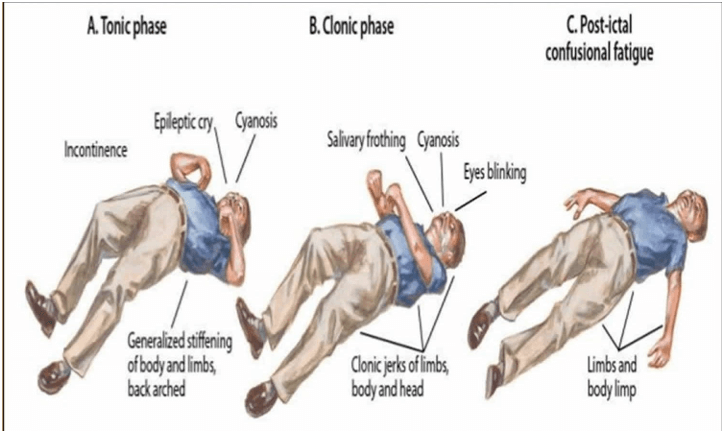A nurse is providing postmortem care for a client. Identify the sequence of actions the nurse should follow. (Move the steps into the box on the right, placing them in the order of performance. Use all the steps.)
Determine the family's preferences about care of the body.
Apply identifying name tags onto the client.
Verify that the provider has certified the client's death.
Remove all equipment and tubes from the client's body.
The Correct Answer is C,A,D,B
Verify that the provider has certified the client's death: Before any postmortem care is initiated, it's crucial to confirm that the client has indeed passed away. This verification is typically done by a healthcare provider, such as a physician or nurse practitioner, who examines the client, checks for signs of life, and makes an official declaration of death.
Determine the family's preferences about care of the body: After the client's death has been certified, the healthcare team should communicate with the family or next of kin to inquire about their preferences regarding the care of the deceased. Families may have specific cultural, religious, or personal requests regarding postmortem care procedures, and it's essential to respect and accommodate these preferences whenever possible.
Remove all equipment and tubes from the client's body: This step involves the removal of any medical equipment, devices, or tubes that may have been in use during the client's medical care. This can include items such as intravenous (IV) lines, catheters, ventilator tubing, and monitoring equipment. Ensuring that all equipment is removed is not only a matter of dignity but also helps prepare the body for viewing by the family, if desired.
Apply identifying name tags onto the client .To maintain accurate identification and tracking of the deceased client, it's common practice to attach identifying name tags or labels to the body. These tags typically contain essential information, such as the client's name, medical record number, and date of birth. This step helps prevent any confusion or mix-up of identities during postmortem procedures and transport.
Nursing Test Bank
Naxlex Comprehensive Predictor Exams
Related Questions
Correct Answer is C
Explanation
Choice A Reason:
Supine is incorrect. The supine position (lying flat on the back) is not the best choice because it can increase the risk of airway obstruction and discomfort, especially if there is swelling or drainage from the surgical site.
Choice B Reason:
Left lateral is incorrect. The left lateral position (lying on the left side) is not typically used after a thyroidectomy because it does not provide the same advantages for airway management, swelling reduction, and comfort as the semi-Fowler's position.
Choice C Raeson:
Semi-Fowler's position is the most appropriate choice for a client who is postoperative following a subtotal thyroidectomy for several reasons:
Airway Management: Elevating the head of the bed in a semi-Fowler's position helps maintain airway patency and reduces the risk of airway obstruction or compression of the surgical site, which is important for respiratory comfort and function.
Swelling and Drainage: After thyroid surgery, there may be swelling and drainage from the surgical site. The semi-Fowler's position can assist in reducing swelling and facilitating proper drainage.
Comfort: This position generally provides greater comfort for the client, especially when there may be discomfort or soreness at the surgical site.
Choice D Reason:
Dorsal recumbent is incorrect. The dorsal recumbent position (lying on the back with knees flexed and feet flat on the bed) is also not the most appropriate choice for post-thyroidectomy care because it does not offer the same benefits as the semi-Fowler's position in terms of airway management, swelling reduction, and comfort.

Correct Answer is D
Explanation
After a tonic-clonic seizure, the nurse should first check the child for any injuries, particularly in the oral cavity. This is because during a seizure, the child's tongue may have been biten, or there may be other oral injuries. Therefore, it is essential to check the oral cavity for any injury or bleeding.

Whether you are a student looking to ace your exams or a practicing nurse seeking to enhance your expertise , our nursing education contents will empower you with the confidence and competence to make a difference in the lives of patients and become a respected leader in the healthcare field.
Visit Naxlex, invest in your future and unlock endless possibilities with our unparalleled nursing education contents today
Report Wrong Answer on the Current Question
Do you disagree with the answer? If yes, what is your expected answer? Explain.
Kindly be descriptive with the issue you are facing.
